The Article
THE GRAND OLE OPRY: Its fight with Rock’n’Roll and the wild men of country
22nd January 2017
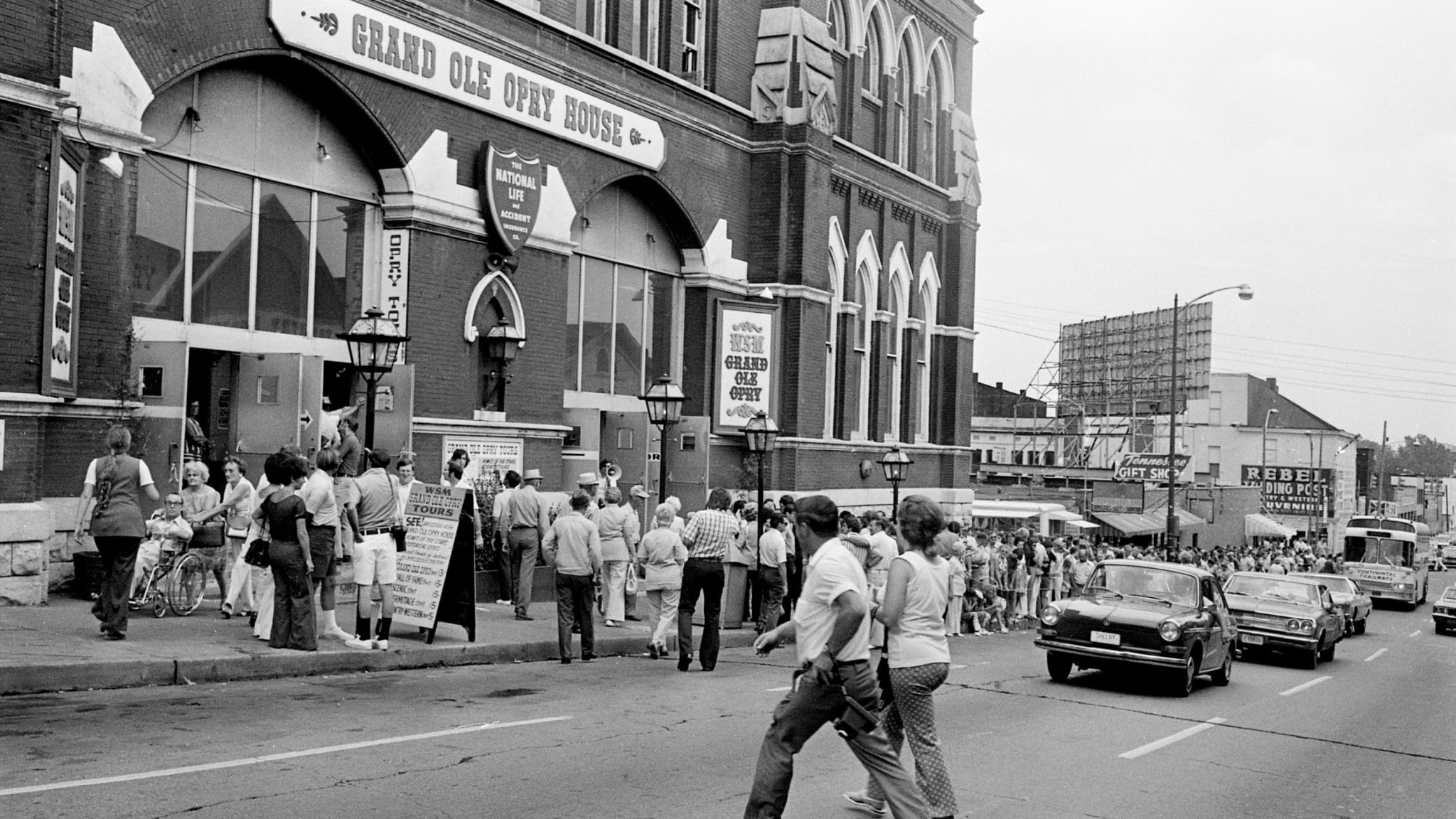
The Grand Ole Opry – the mecca of country music. Paul Rigby talks to Opry expert, Professor Kristine M. McCusker about how, in the early days, it struggled to cope with rockabilly and rock’n’roll
The Grand Ole Opry started as a small, barn dance, music show on the WSM radio station, one of many similar shows across the country. From its amateur beginnings in the 20s, it hired top professionals during the 30s and 40s and entered the national stage after being picked up by the national network, NBC, attracting significant names of the time, such as singers Roy Acuff and Red Foley plus comedians such as Minnie Pearl. Seeking and securing national advertising (from Camel cigarettes) and securing a national following after the Armed Forces Radio Service (AFRS) took the show to the troop training camps in the USA during WW2, along with personal guest appearances from Opry artists.
Success wasn’t assured, though, it still needed a platform, a driving force. That driving force was Nashville. Initially, Nashville was a small town with elitist aspirations but Opry star, Roy Acuff, wanted to make money, more than he was making from performing, at any rate. He started a licensing company called Acuff-Rose (with songwriter, Fred Rose), licensing music from stars such as Hank Williams. In the post war era they helped to make Nashville the centre of country music. Why Nashville? Why not? It could have been Los Angeles. It could have been New York City. It could have been Chicago. Nashville, though, had Acuff-Rose and it had the new Country Music Association and it had the Opry. It was these different institutions that came together to create the centre of country music.

So how did rockabilly figure in the history of the Opry? In a broad sense, it didn’t, “The Opry hated rockabilly,” confirmed Opry expert, Professor Kristine M. McCusker. “Take Elvis Presley. It’s a shame that the Opry hated rockabilly because Elvis Presley loved the Opry. He’s the guy who could integrate all of the musical traditions of the south. He did this very well. He loved country music and he would have sung bluegrass music at the Opry. The material would have been perfectly appropriate. Blue Moon of Kentucky would have been fine, in fact, because Opry stalwart, Bill Monroe, wrote it. The only problem was the Elvis sang it, not Bill Monroe.”
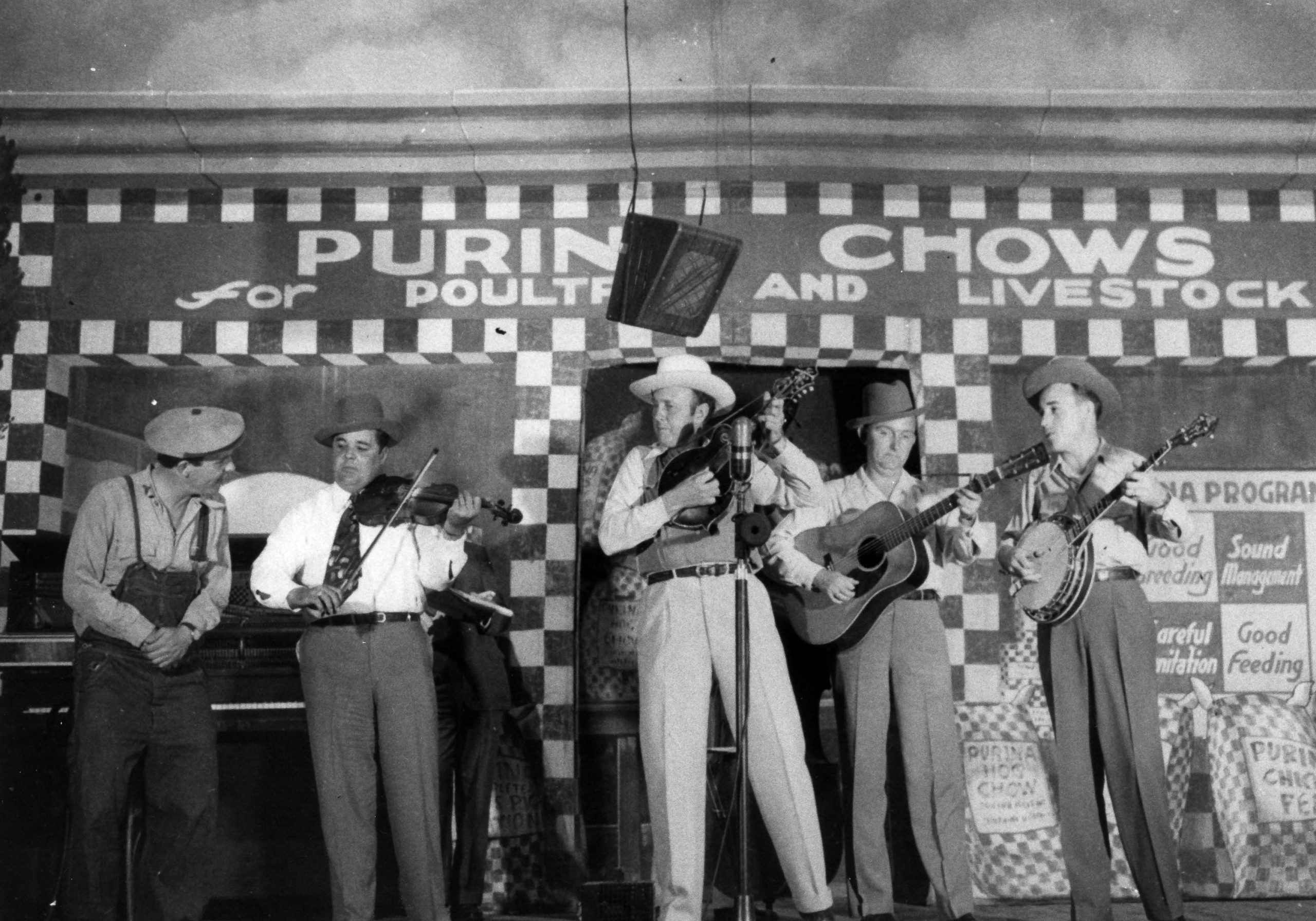
On 2 October 1954, Presley, accompanied by Scotty Moore (guitar) and Bill Black (drums), appeared in the 10:15pm segment of the Grand Ole Opry. The trio had an opportunity to meet Monroe too. Presley is said to have received a either a polite or shocked reaction from the audience, depending on the version of the story you read. But the legend credits Opry manager Jim Denny telling Presley, “You ain’t going nowhere, son. You ought to go back to driving a truck.” Presley never again darkened the Opry stage.
It didn’t mean that Nashville disliked Elvis, though. Just the Opry. There was a tension between Nashville’s musical ambitions and the Opry’s musical policy.
“The Opry was the older folks’ station,” said McCusker. “It was music from the past. It was rural music that they had grown up with. When Elvis came on the scene, he was mixing different music, which was not appreciated by Opry audiences. Elvis was listening and playing with black bands too. There was an image thing that came from that. In fact, there is a famous photograph of Elvis with, blues singers, Bobby Blue Bland and Little Junior Parker. The only reason that you can tell that Elvis is white is by his skin colour. Apart from that, they look exactly the same in terms of dress, hair and so on. Elvis was attempting a racial integration whereas the Opry was a very ‘white’ show, at that point, that was rooted in a rural past. I think that was why they didn’t like him. Elvis also catered for a new generation, a young crowd. The new crowd known as the ‘teenager’, a new group which had not, until then, been identified as a marketable group. The Opry clientele was older.”
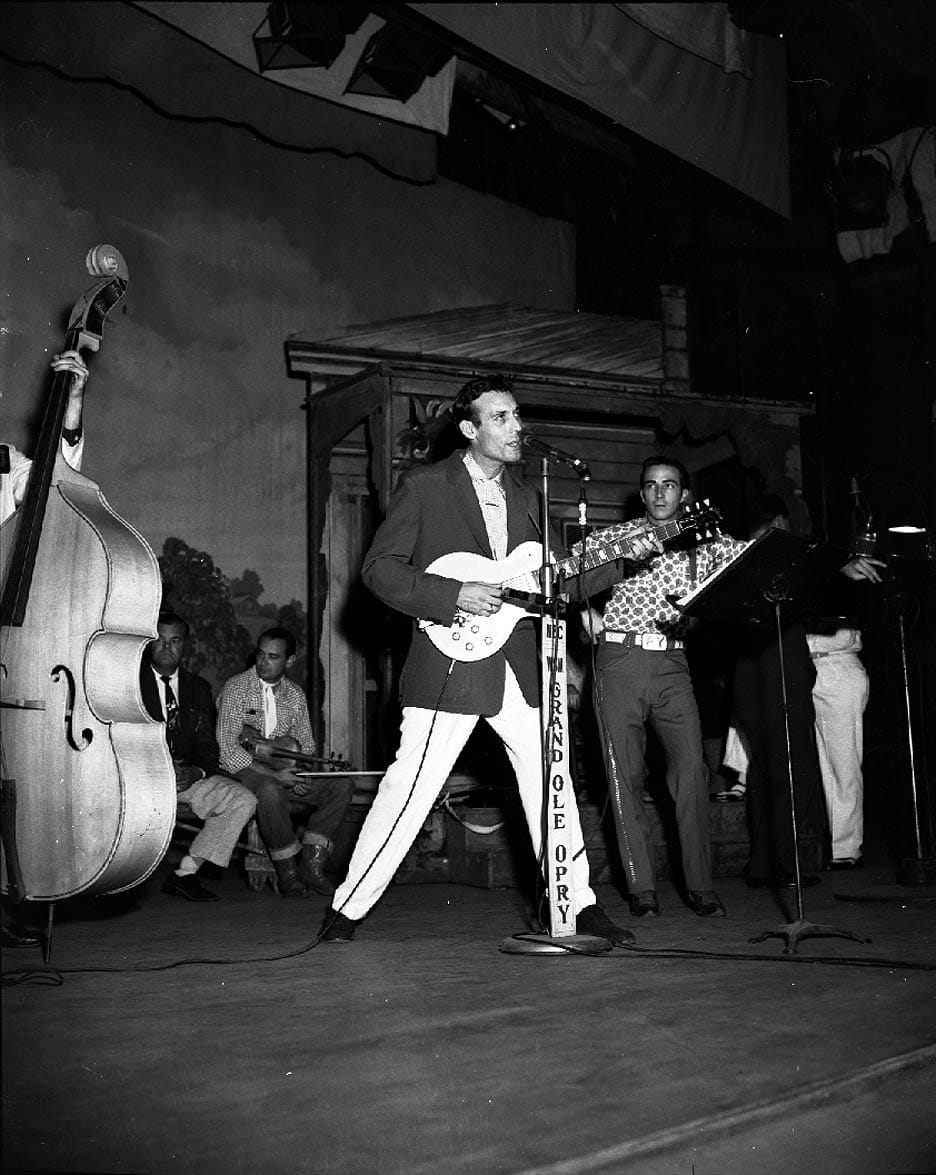
Elvis didn’t drop segregationist boundaries but he made teenagers question those boundaries. The politics were racial and rockabilly mixed them up. As rock’n’roll pioneer, Carl Perkins, used to say, “Jukeboxes didn’t segregate.”
Hence, the rockabilly fans were ambivalent about the issues. There was nothing ambivalent about Opry listeners, though. According to them “You don’t listen to black folks on the air, you listen to Roy Acuff and Minnie Pearl.”
Even Johnny Cash, who was the acceptable face of rockabilly, partly due to his marriage to June Carter and his association with the Carter family, the royalty of the country genre, had issues with the Opry. Cash was to drunkenly smash all the lights on the front of the Grand Ole Opry stage, “I don’t know how bad they wanted me in the first place,” he said, “but the night I broke all the lights on the stage with the microphone stand, they said they couldn’t use me anymore. So I left and used that as an excuse to really get wild and wound up in the hospital. With my third time I broke my nose.”
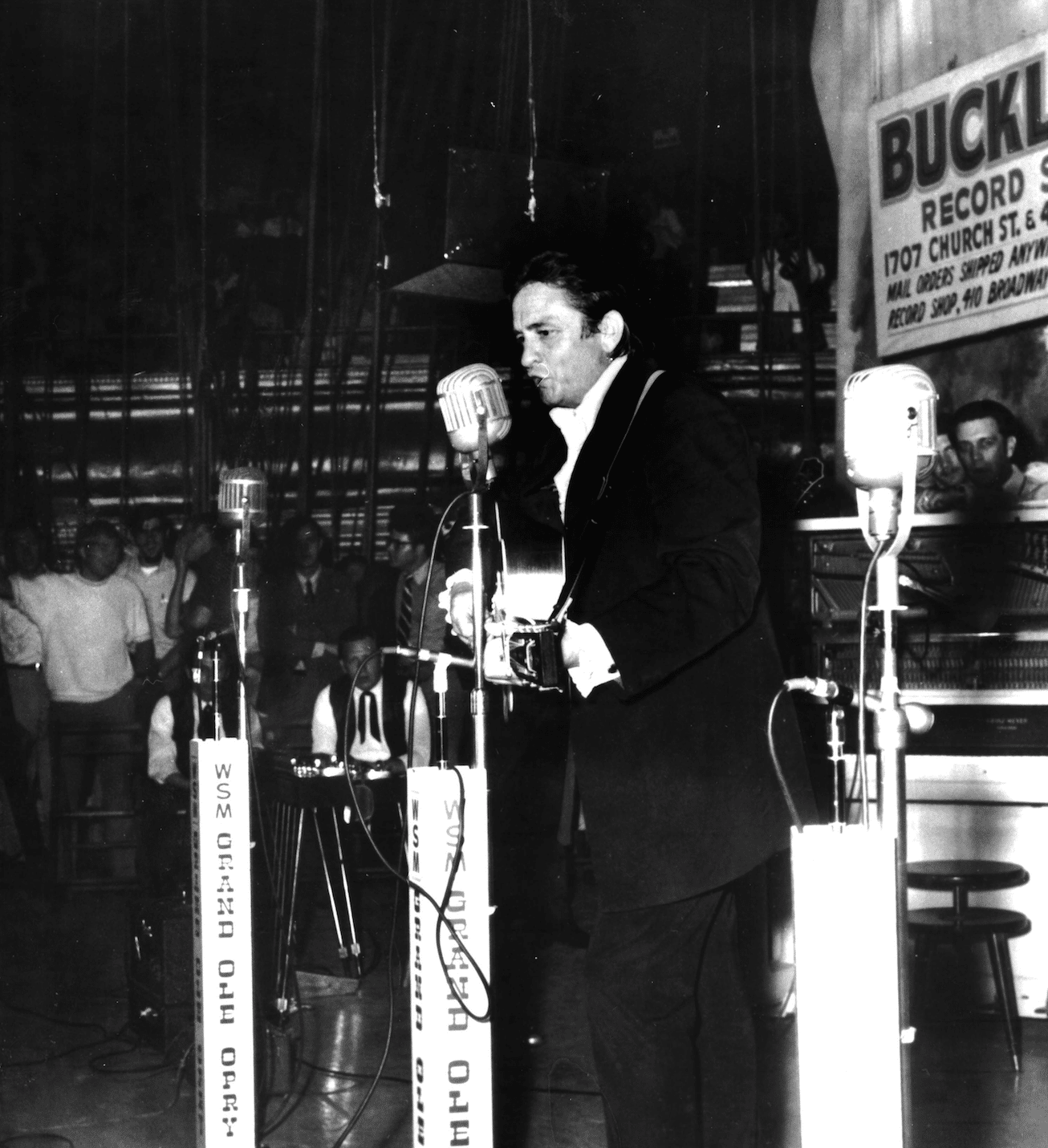
Even straight country artists were a problem at times. Lefty Frizzell was not a man to ever turn down a drink or walk away from a fight. He had a fierce temper. As a teenager, he beat up his father for physically abusing his mother.
When he made his second appearance on the Grand Ole Opry, in 1951, he brought a drummer with his band. The Opry management refused to allow him to use drums during his performance. When he and Opry performer Don Gibson went out drinking one night and Gibson spent the evening bitterly complaining about his treatment by the Opry, Lefty drove him home, helped him up to his front door and then, angered by having to listen to one more Gibson outburst, slammed him up against the house, knocking off Gibson’s toupee. In that same year, Frizzell was arrested backstage at the Opry and charged with ‘contributory delinquency’ of a minor, underage girl.
Then there was Hank Williams.

“When the Opry was at the Ryman Theatre, the theatre backed onto a host of honky tonks,” said McCusker. “There would be performers that were supposed to be on stage at any one time but, instead, these people were out back having a drink, instead. The Opry stage compere would be facing a live audience and would say, ‘So now it’s time for so-and-so to perform…no, no, he’s not here right now.’ There were regular stories like that. Hank Williams was the most public problem act of this type. He was often drunk or high on drugs. That was frustrating for people like Roy Acuff who wanted to license the songs that Williams would be singing on the Opry. The Opry fired Williams in the end, in 1952.”
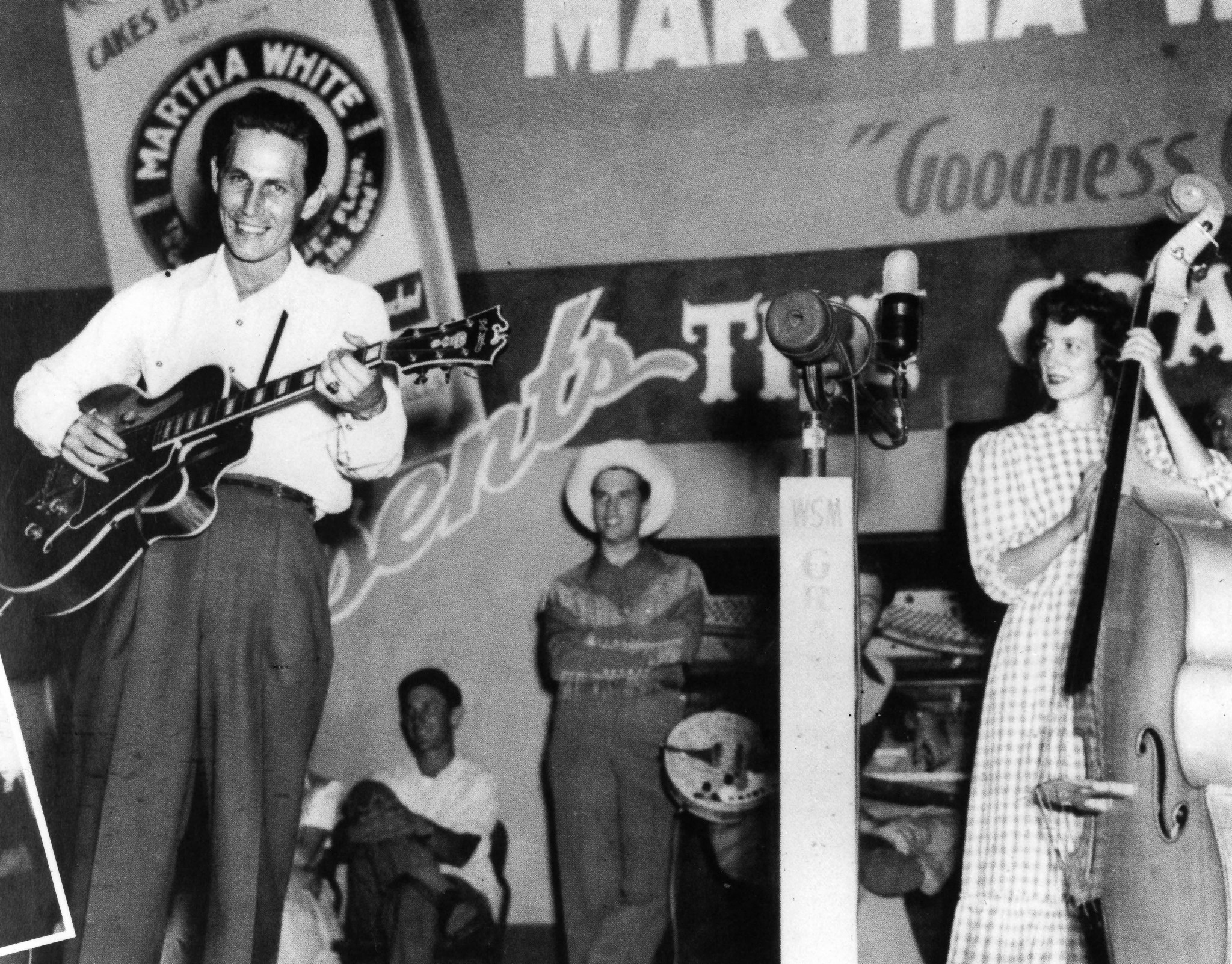
While rockabilly and rock’n’roll never really found a space at the Opry, the evolution of Opry-backed music didn’t stand still. It just moved into a different direction: the Nashville Sound, “You could argue that this was just another way of modernising old country music. That’s what rockabilly is, after all. Instead of Elvis, Chuck Berry and Jerry Lee Lewis, the Nashville Sound looked towards Jim Reeves, Eddie Arnold and Patsy Cline. The Nashville Sound, which emanated from RCA’s Studio Bin Nashville, was sung by people looking like suburban women and men. Which was lucky because the music was aimed at suburban audiences, not a working class audience. This was evolutionary music, not revolutionary.”

So how did the Opry survive and thrive when others, such as the Louisiana Hayride, died a death in the 60s? Unlike the Hayride, the Opry found local support and made significant partnerships. It successfully established itself on TV by partnering with a popular TV show called Hee-Haw. The Opry also became a tourist attraction building a theme park and an associated hotel and making its stars accessible to the public via regular fan conventions.

The Opry flourished and it did so largely without the intrusion of the rockabilly/rock’n’roll genres. While the rest of the music industry liked rockabilly and rock’n’roll, the Opry was all about Southern ‘good taste’. Rockabilly was too edgy and radical, at the time. There was a public moral dimension too highlighted by the case of Jerry Lee Lewis marrying his 13 year old cousin. The Opry didn’t want the likes of Lewis on their stages. They didn’t want him going into people’s front rooms. The Opry represented Middle America.
WANDA’S IN…AND OUT
Wanda Jackson was another artist that had issues with the Opry, “My mother and I got our heads together and we designed a special, real pretty red and white fringy dress with rhinestones around the neck,” Jackson remembered. “I was backstage and Ernest Tubb came up to me and said, ‘Are you Wanda Jackson?’ and I said, ‘Yes sir.’ ‘Well, honey you’re on next,’ and I said ‘Okay, I’m ready.’ And he said, “You can’t go on the stage of the Grand Ole Opy like that. And I said like what?’”
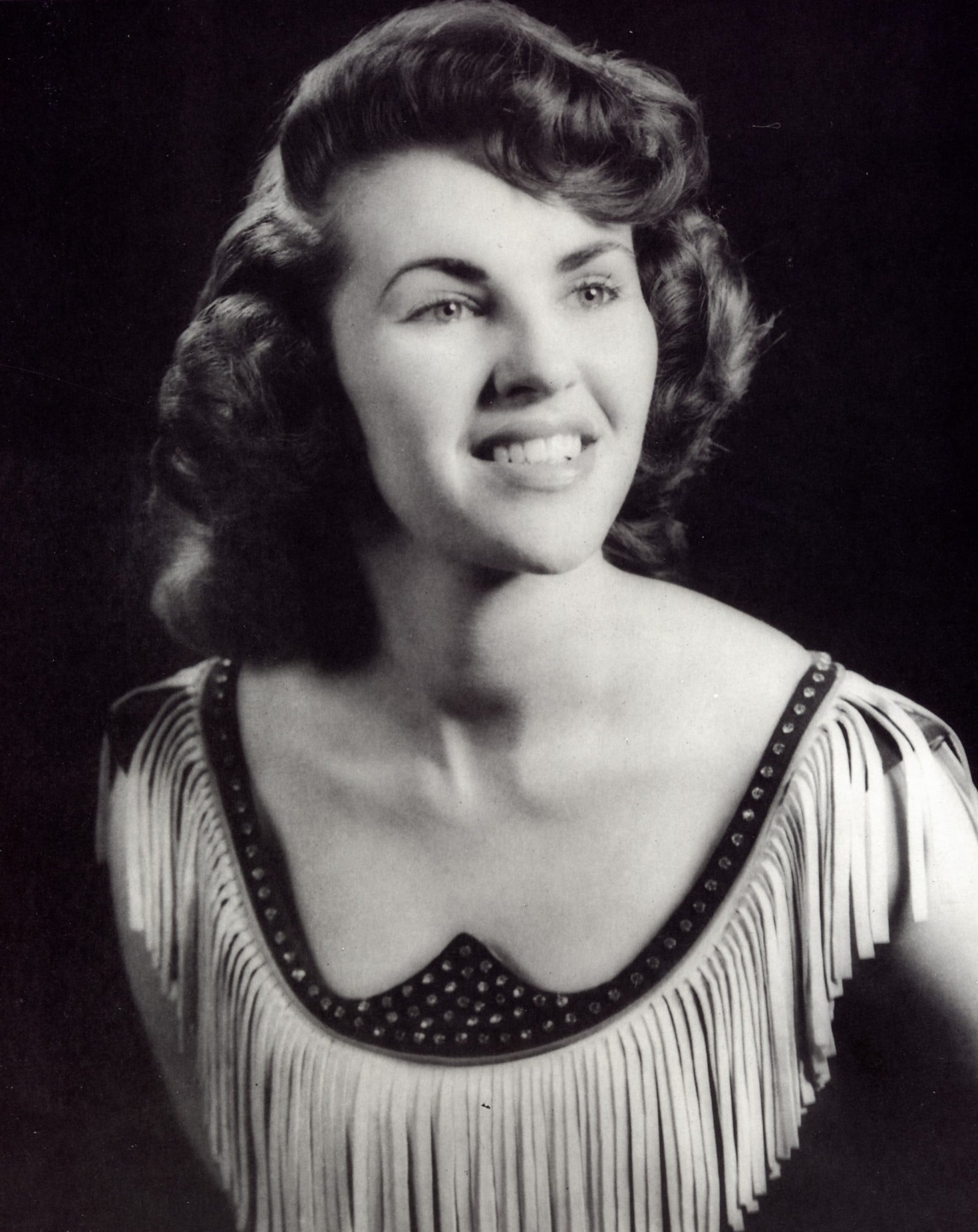
Jackson’s bare shoulders were too much for the Opry. “I had worn a leather Western jacket with long fringe and I went back to the dressing room and grabbed that old coat. But I was in tears, and it’s hard to sing when you’re crying and mad. When I got off stage I found daddy and I said, ‘Let’s just get out of here, I’m not ever coming back.’”
THE BIRTH OF A LEGEND
The Grand Ole Opry is a legend in music but the legend took a while to get going as Professor Kristine M. McCusker, author of Lonesome Cowgirls And Honkey-Tonk Angels: The Women Of Barn Dance Radio and Opry expert, explained.
What were the roots of the Opry?
“It was part of a nationwide genre that began to emerge from the 1920s. It appeared in areas where white and black migrants had left the rural South and sought better opportunities. It was part of the Barn Dance genre. The first was in the Dallas, Fort Worth, area but the model, the most famous, was The National Barn Dance of Chicago.”
Was the Opry always a planned venture
“No, they didn’t really know what to do, initially. The station had a quote during those early days saying, ‘We would get anyone on air who could sing, play an instrument, whistle or breath heavy.’ The Opry was experimental.”
How did the Grand Ole Opry get its name?
“To get the name, the Solemn Old Judge, George D. Hay, (he used to write a newspaper column about the goings on at the local night court) who was hired to modernise the station and programme, viewed a classical opera that was on first on the radio schedule. The Judge understood that his listeners were working class people. The story is that he would exclaim, “Well, we’d just heard the grand old opera so let’s now turn to the Grand Ole Opry, for us regular folks.”
Orchestral music was associated with the elite in the South. High culture people did not listen to the Opry, they listened to the opera. It’s a wink, wink, nudge, nudge. Sort of, ‘We heard those folks, now let’s do our music.’ Opry was a term that he made up. It’s not a common term. It would have been said in a Southern dialect, though. To sound like everybody that is listening. Folksy, familiar and comforting. The idea that, if you are broadcasting into people’s homes, then you need to use homey language. In the Barn Dance genre, the National Barn Dance always started their shows with ‘How’s mom and dad and the whole family?’ The language was friendly and was also used to try to hide the fact that these were sponsored programmes that were trying to make money.”
So what sort of people were creating these shows?
“In the 1920s, when radio began to be popular in the USA, it didn’t exist to present radio entertainment, it was founded to help the owner of each station to sell products and services. The National Barn Dance was on the WLS Chicago station, for example. That stood for World’s Largest Store. In the case of the Opry, the National Life Insurance Company bought itself a radio station in October 1925. They were trying to sell Life Insurance. The call number for the station was WSM: ‘We Shield Millions’.”
Where was the Opry initially staged?
“It was initially located at the National Life Insurance (NLI) building. People kept showing up at the building, wanting to watch the show and not just listen to it. So, in the mid-30s, the NLI started renting auditoriums around town for the Saturday night show. The Opry has been in a bunch of different places in Nashville although they would stay at a location for years before moving on. At the beginning of 1943, that was the Ryman auditorium where they stayed for 30 years.
Who was the first person to appear on the Opry?
“The first person to appear on the Opry was a guy called Uncle Jimmy Thompson. There’s a tradition in Southern rural communities. You worked all week long and then, on Saturday night, everyone had a dance party. You did a lot of square dancing. The fiddle player was this psychotic figure in rural areas. The first night on the Opry was Thompson. He was very old and was accompanied by his niece. He got up there and played square dance tunes for a couple of hours. So, you didn’t have to go out to the barn dance or the school or the local church, all square dance venues, you could stay home and listen to it. For the radio stations, there was a palpable and cautious sense that they were invading someone’s home. Radios go in your living room, after all. In that time, the home was sacred, it was intimate. It was a boundary that you couldn’t cross unless you were careful. It took the Opry a while to figure out how that would look and sound like.”
Were the performers well paid?
“For the performers, they tended to make money away from the shows because the Opry was notoriously cheap. At one point, the Opry was only paying $10 per show. On the competing National Barn Dance, for example, you could be making $70 for a Saturday night. You would then be paid more for the other shows throughout the week. The Opry used to say, ‘Hey, you’re getting good advertising from us, get out on the road, perform live, that’s were you’ll make your money.’”
Kristine M. McCusker is a professor of history, ethnomusicology and folklore at Middle Tennessee State University, near Nashville, Tennessee, USA.

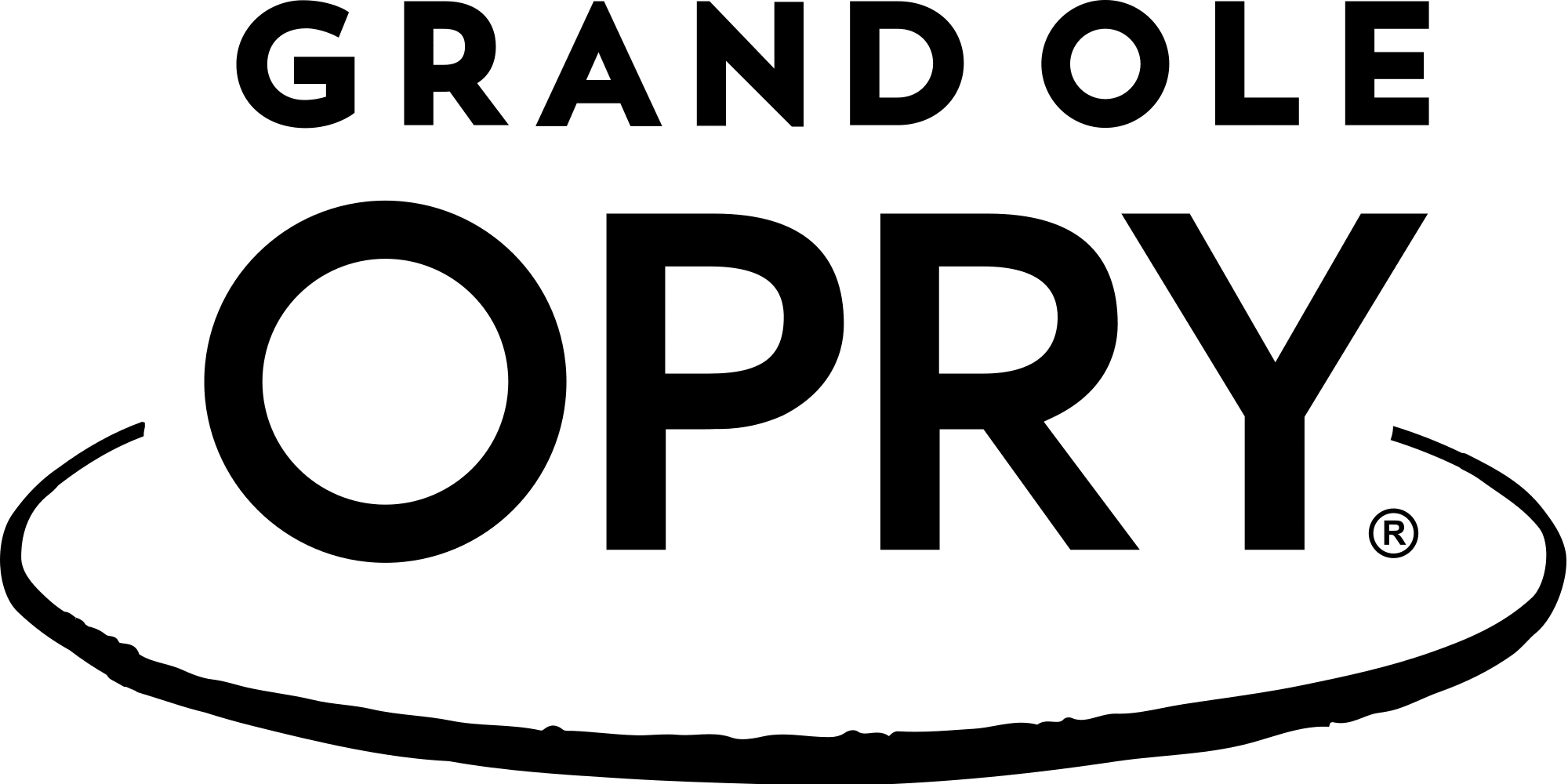
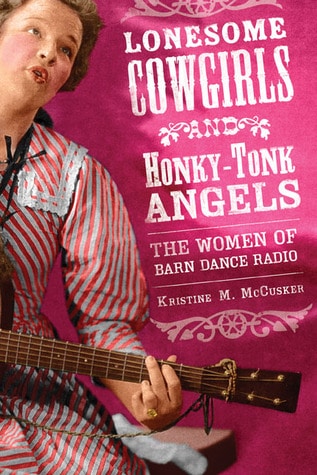
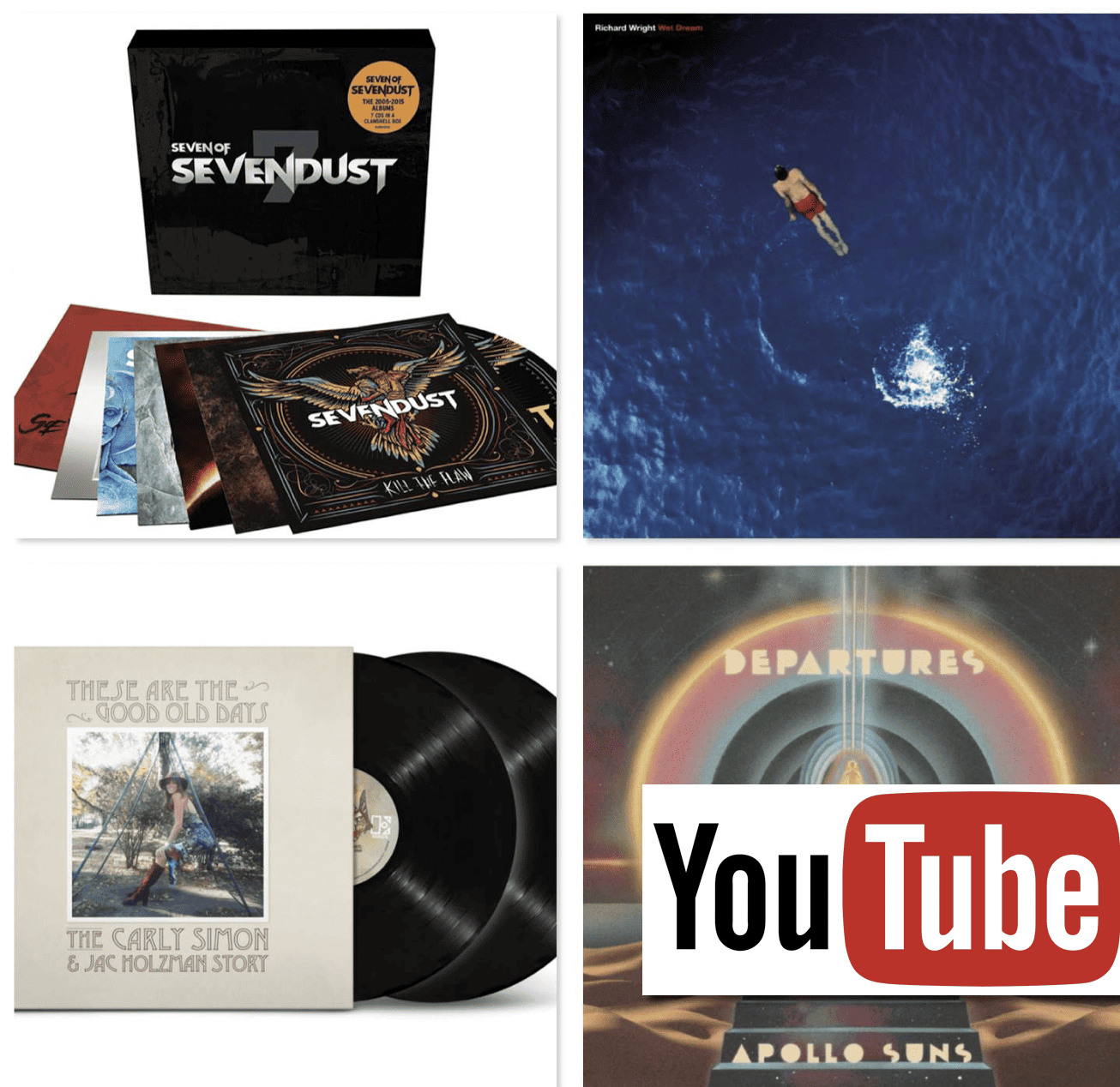
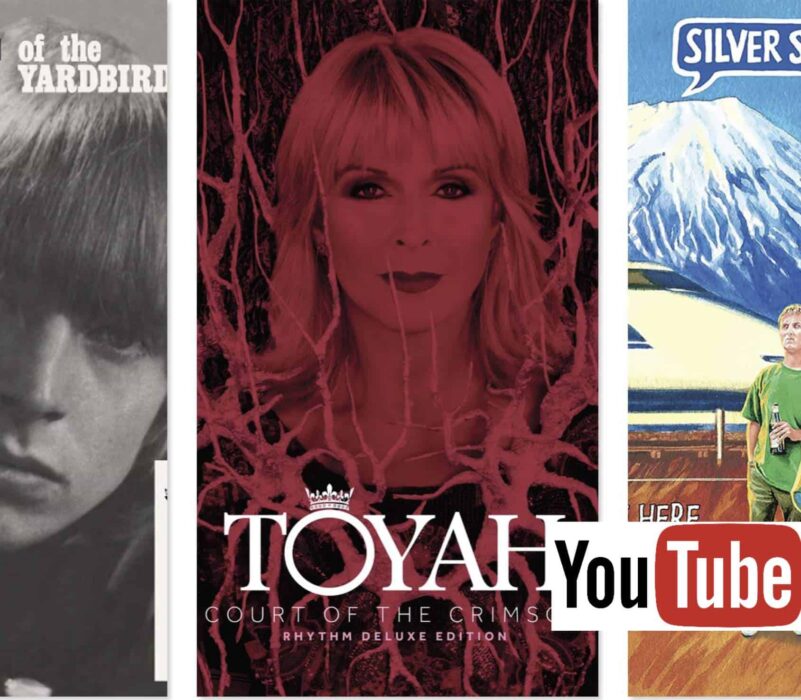
Bill Monroe did not write “That’s Alright, Mama” Рit is an Old Blues song from the Depression Era written by a black man named “Big Boy” Crudup. Where did you get that Bill Monroe wrote that song? Did you bother to research or are you confused with the song “Blue Moon of Kentucky” which Monroe did write and Elvis did record for Sun Records. However, “That’s Alright” was Elvis’ first hit record and that’s likely why he performed it on the Opry. Maybe you should make a correction. Sincerely, A Big Time Elvis Fan!!
You’re right, of course Tracey – thanks for the correction. I knew this too which makes it worse! I think I transcribed the quote from my Professor interview and it didn’t register at that moment. Can’t think of any other reason. Thanks for keeping me on my toes 🙂